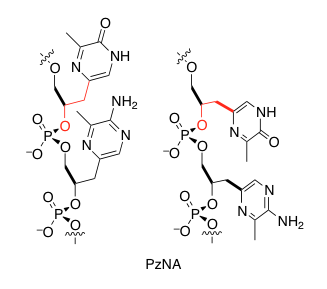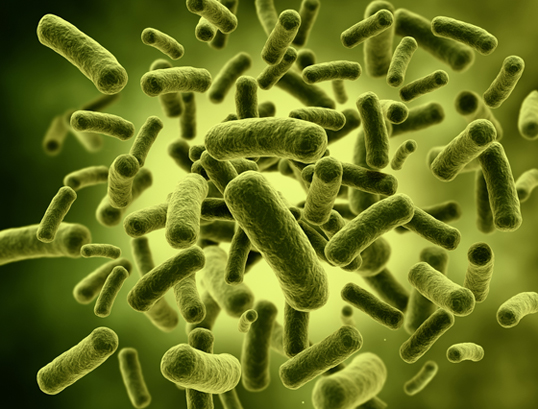
“Prebiotic chemistry in aqueous solutions on the surface of Titan” – Catherine Neish (University of Arizona)
Laboratory experiments that simulate the reactions occurring in Titan’s thick nitrogen-methane atmosphere produce complex organic precipitates known as tholins. Tholins have the general formula CxHyNz, and are spectrally similar to Titan’s haze. When placed in liquid water, a variety of tholin compounds produce organic species containing oxygen atom(s). If similar reactions were to take place on the surface of Titan, in impact melt pools or cryolavas, molecules of direct relevance to the origin of life could be created. To determine whether there is sufficient time to produce oxygen-containing organics in a solidifying melt pool on Titan, it is necessary to determine the rate constants of these hydrolysis reactions at relevant temperatures.
In this work, we synthesized tholins from a nitrogen-methane atmosphere in a high voltage AC flow discharge reactor. We dissolved the tholins in water and 13 wt. % ammonia-water at temperatures ranging from 253 K to 313 K, and monitored the intensity changes of several oxygenated species over time using high resolution mass spectrometry. Results show that specific water soluble compounds in the tholins produce oxygenated organic species with activation energies in the range of ~ 60 +/- 10 kJ/mol. These reactions display half lives between 0.4 and 7 days at 273 K (water study) and between 0.3 and 14 days at 253 K (ammonia-water study). Oxygen incorporation into such materials – a necessary step towards the formation of biological molecules – is therefore fast compared to the freezing of impact and volcanic sites on Titan.
“Serpentinization and early life” – William J. Brazelton (University of Washington)
Ultramafic hydrothermal environments such as the Lost City Hydrothermal Field are favorable to origin of life scenarios due to their predicted prevalence on the early Earth and their potential to promote abiotic synthesis of biological compounds. At Lost City, the geochemical reaction known as serpentinization creates a warm, high pH environment in carbonate chimneys where abundant hydrogen gas and organic compuonds allow dense biofilms to thrive. These biofilms are dominated by a single 'species’ of methanogen, but genetic, metabolic, and morpholigical diversity within this biofilm indicates differentiation of cells into sub-species niches. I will discuss the Lost City biofilm as a model for investigating the early evolution of life in a biofilm characterized by syntrophy among closely related organisms and fueled by serpentinization.
 Investigating Habitable Environments on Mars Using Orbital and Rover-Based Imaging Spectroscopy
Investigating Habitable Environments on Mars Using Orbital and Rover-Based Imaging Spectroscopy Chemical Gardens, Chimneys, and Fuel Cells: Simulating Prebiotic Chemistry in Hydrothermal Vents on Ocean Worlds
Chemical Gardens, Chimneys, and Fuel Cells: Simulating Prebiotic Chemistry in Hydrothermal Vents on Ocean Worlds The Synthesis of an Artificial Genetic Polymer: From Small Molecules to Proto-Nucleic Acids
The Synthesis of an Artificial Genetic Polymer: From Small Molecules to Proto-Nucleic Acids Quantifying Constraints on Metabolic Diversity Patterns
Quantifying Constraints on Metabolic Diversity Patterns